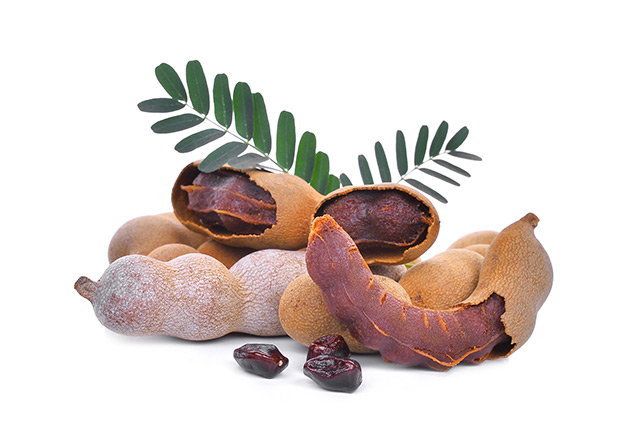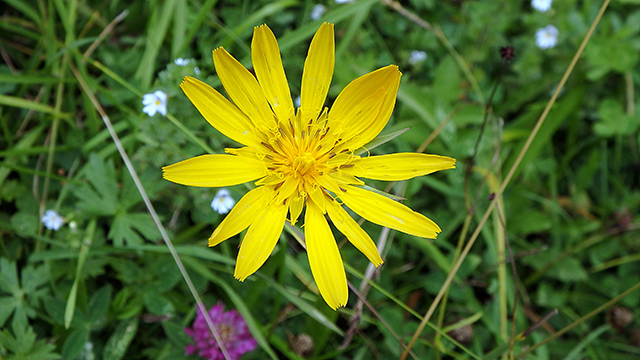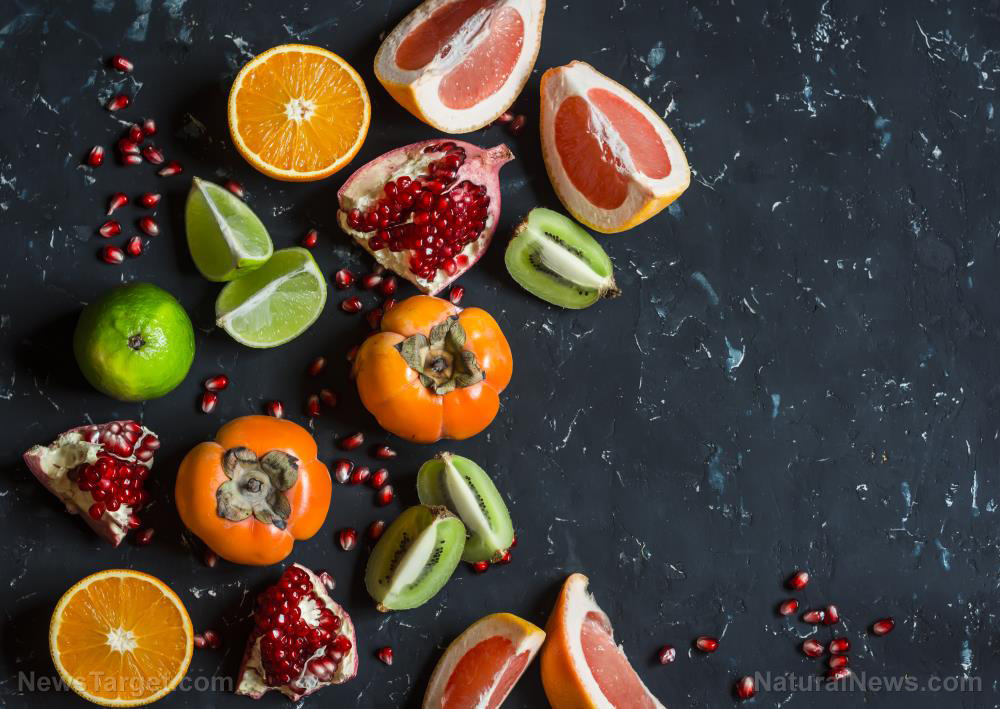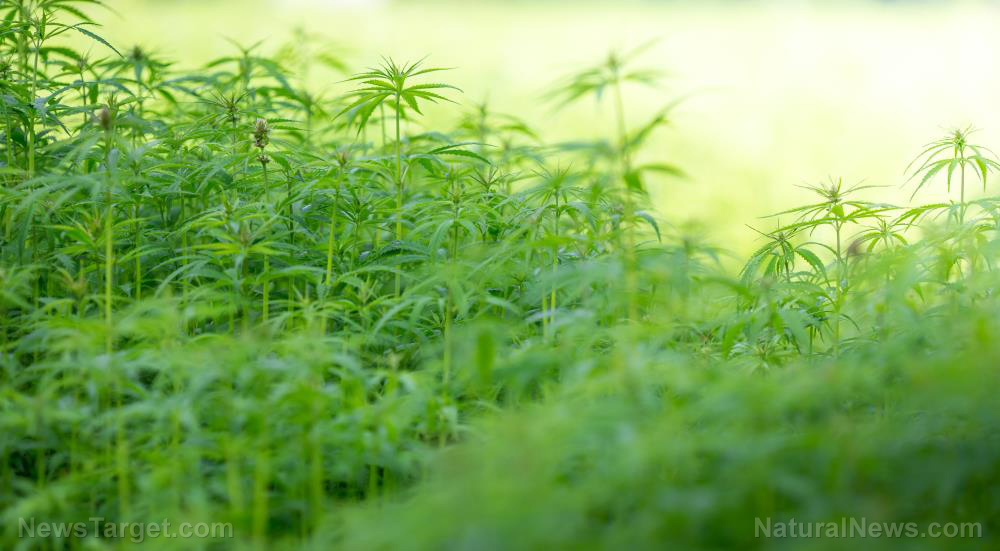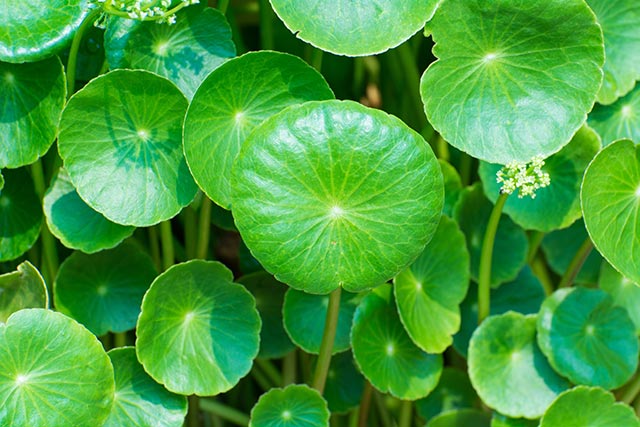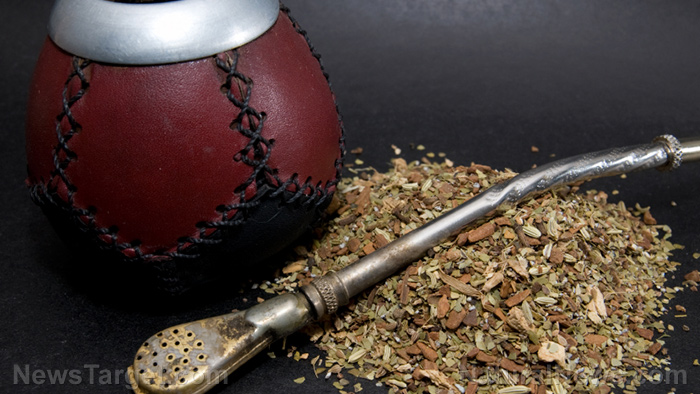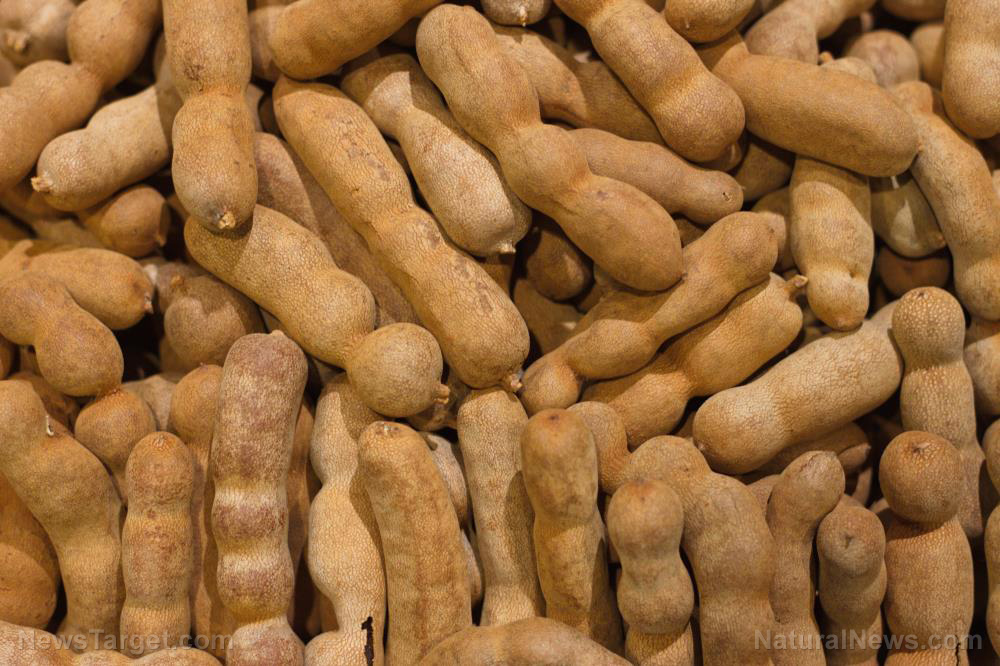South African herb demonstrates multiple health benefits, including antibacterial, anticancer, and antioxidant properties
10/20/2018 / By Janine Acero

The use of medicinal plants to treat skin conditions is a common practice in many cultures. Plant medicines have been proven to be effective skin treatments when applied topically, thanks to their potent antimicrobial and antioxidant properties.
However, the precise mechanism of cure is not always understood. One plant in particular became the focus of a study by the researchers from Cape Peninsula University of Technology and University of Pretoria to determine its “pharmacological properties as a potential cosmetic agent or pharmaceutical.”
For this study, titled “Therapeutic potential of Gnidia capitata L. F.: Investigations on its antityrosinase, antibacterial, antioxidant and anticancer activities,” the researchers used Gnidia capitata (G. capitata), a flowering plant belonging to the family Thymelaeaceae, which is widely known for its ethnobotanical uses, especially for the treatment of skin conditions.
According to the Wild Flower Nursery website, G. capitata “sprouts annually from a woody rootstock,” with bluish-green leaves and yellow flowers that are borne on the tips of lax branches.
The researchers evaluated the therapeutic potential of G. capitata for its antibacterial, anticancer, and antioxidant properties through a series of tests involving plant material (bark) that was oven-dried at 40 C for five days and then ground into powder. The plant sample was then extracted, and the plant extracts were concentrated before testing.
Testing G. capitata
The researchers analyzed the antibacterial activity of G. capitata against Propionibacterium acnes, a Gram-positive bacterium known to cause acne – one of the most common skin conditions. Test results revealed that G. capitata possesses a wide range of compounds that are responsible for the positive antibacterial activity against P. acnes, such as polyphenols, daphnane diterpenes, lignans and neolignans dimers. These compounds are known to have antifungal, antitumor and antimitotic properties as well.
The researchers opined that “the inherent phytochemical composition of G. capitata such as polyphenols could be responsible for the good antibacterial activity.” (Related: Use thyme as a natural cure for acne.)
G. capitata also exhibited antioxidant properties after the researchers investigated the extracts using 2,2-diphenyl-1-picrylhydrazyl (DPPH) radical scavenging assay. A series of eight dilutions was prepared, with the final concentrations of the samples ranging from 0.78 to 100 mcg/mL (micrograms per milliliter).
After three tests, the researchers concluded that G. capitata had antioxidant properties that could prevent the effects of ultraviolet (UV) radiation from sunlight, which is the most common exposure to the skin. Furthermore, G. capitata may not only act as sunscreen, “but might also maintain the linearity of dermal elastic fibres of the skin, reduce collagen degeneration which induces wrinkling and sagging, resulting in aging appearance of the skin,” the researchers wrote.
Aside from protecting against the damaging effects of free radicals generated during metabolic processes, antioxidants from plants have also exhibited capacities to “restrict the diffusion of toxins and reduce adverse reactions caused by insect bites and stings,” reducing itching and irritation to the skin.
G. capitata vs. melanoma
Melanoma is a tumor formed in melanocytes or melanin-forming cells, which is often a malignant tumor linked to skin cancer. The researchers analyzed the results 72 hours after testing the extracts, at concentrations ranging from 6.25 to 100 mcg/mL. The test results suggest that the G. capitata extracts can inhibit the viability of melanoma cells at the lowest concentration.
Other uses of the Gnidia species include the induction of blistering, treating backache, coughs, epilepsy, headache, influenza, fevers, measles, pulmonary tuberculosis, smallpox, snake bites, sprains and tonsillitis, to name a few.
The full study was published in the African Journal of Traditional, Complementary and Alternative medicines.
Did you know that other species of Gnidia can be used as treatment for indigestion? Know more about this tidbit and other sources of alternative medicine by visiting NaturalCures.news today.
Sources include:
Tagged Under: alternative medicine, Antimicrobial, antioxidants, Gnidia capitata, herbal medicine, medicinal plants, natural cures, natural remedies, natural skin care, skin cancer, South African herb






